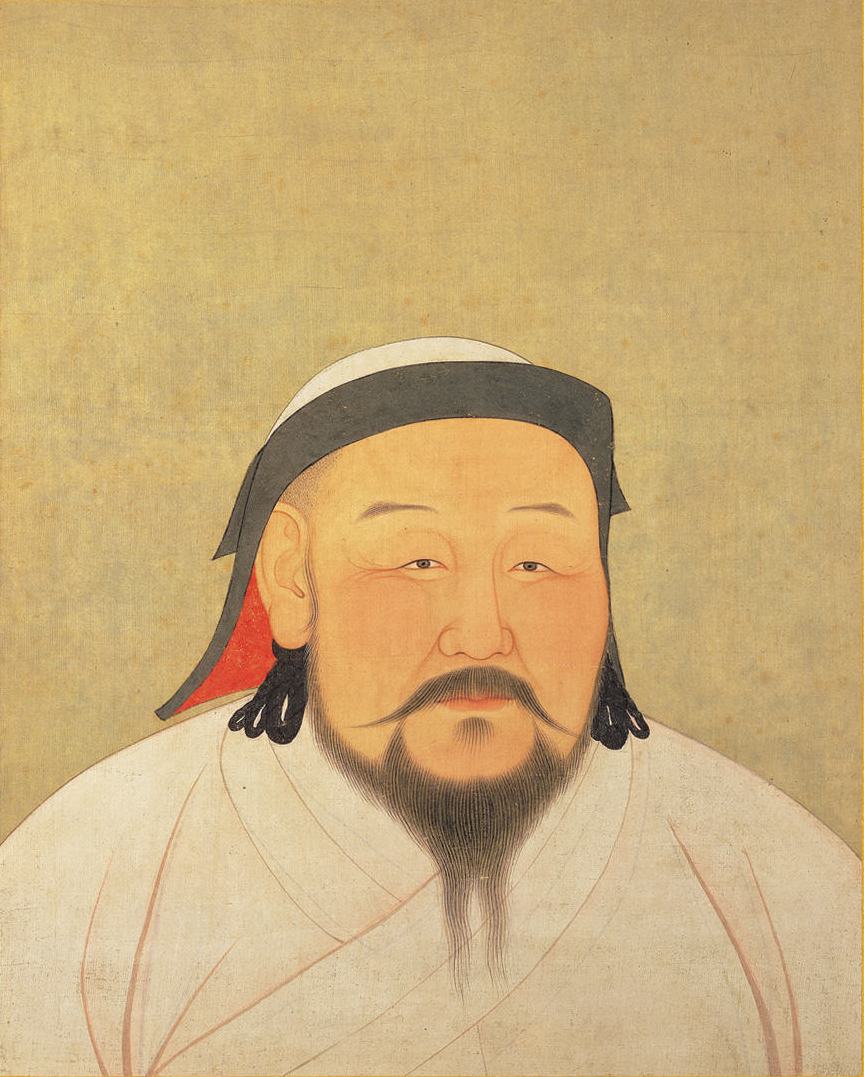Kublai Khan: Famed Mongol Emperor
The most famous grandson of the feared Mongol leader Genghis Khan was Kublai Khan, conqueror of China, founder of the Yuan Dynasty, and architect of the fabled palatial city of Xanadu. Born in 1215, Kublai was the fourth son of Genghis Khan’s son Tolui. Kublai’s older brother Mongke became Great Khan in 1251 and ruled for nine years. When he died, Kublai assumed the leadership of the Mongol Empire. It wasn’t complete, however, because he had to put down a rebellion by his younger brother, Ariq. This rebellion lasted for four years.
Emboldened by their conquest of China, the Mongols under Kublai Khan sent armies in other directions, notably Japan. Two separate invasions of Japan, in 1274 and 1280, resulted in no new Mongol territory and tremendous losses for Khan’s forces. These invasions were both wrecked by freak storms. This is the origin of the Japanese word kamikaze, which means, roughly, “divine wind.” Invasions of Southeast Asia resulted in little gain as well. Kublai proclaimed the Yuan Dynasty in 1271 and named Dadu as the capital. He also had another capital city, the more famous Xanadu, which served as the summer capital. During his reign, Kublai Khan promoted economic growth by encouraging building projects, of roads and buildings and canals, bolstering an already strong internal transport system. Khan created a central currency, called Chao; it was made of paper. Science was a priority as well. Scientists introduced new instruments and recorded many astronomical observations. Mapmakers produced accurate maps of the Silk Road and all of the countries in which it ran. Modern learnings in medicine and surgery spread throughout the Mongol Empire. Khan ordered the creation of a new Mongol alphabet. It looked a lot like Chinese. Religious tolerance was the order of the day. Buddhism was very popular, of course, but people were not discouraged from or punished for practicing other religions. In fact, many of Khan’s top scientists were Muslim. Class was a different matter, however. Under Kublai Khan, the Mongol Empire stipulated four classes of people: The Mongols and Central Asians were the top two classes and enjoyed extensive privileges. The Koreans and the northern Chinese made up the third class and had much less choice in many parts of their lives. The bottom class was the southern Chinese, who, despite being the most numerous, had the least power. Under Khan’s rule, trade between the Mongol Empire and the West opened further, augmented by the Silk Road and by increasing efficiency in postal services. As well, in the 13th Century, more Westerners than ever before made their way east to Mongol lands. One of the most famous of these travelers was young Marco Polo. |
|
Social Studies for Kids
copyright 2002–2025
David White



 Kublai Khan ruled the Mongol Empire from 1260 to 1294. The empire he ruled included territory from the Pacific Ocean to the Black Sea, including what is now Korea; Mongolia; and, most famously, China, which Mongol forces subdued in 1279.
Kublai Khan ruled the Mongol Empire from 1260 to 1294. The empire he ruled included territory from the Pacific Ocean to the Black Sea, including what is now Korea; Mongolia; and, most famously, China, which Mongol forces subdued in 1279.
